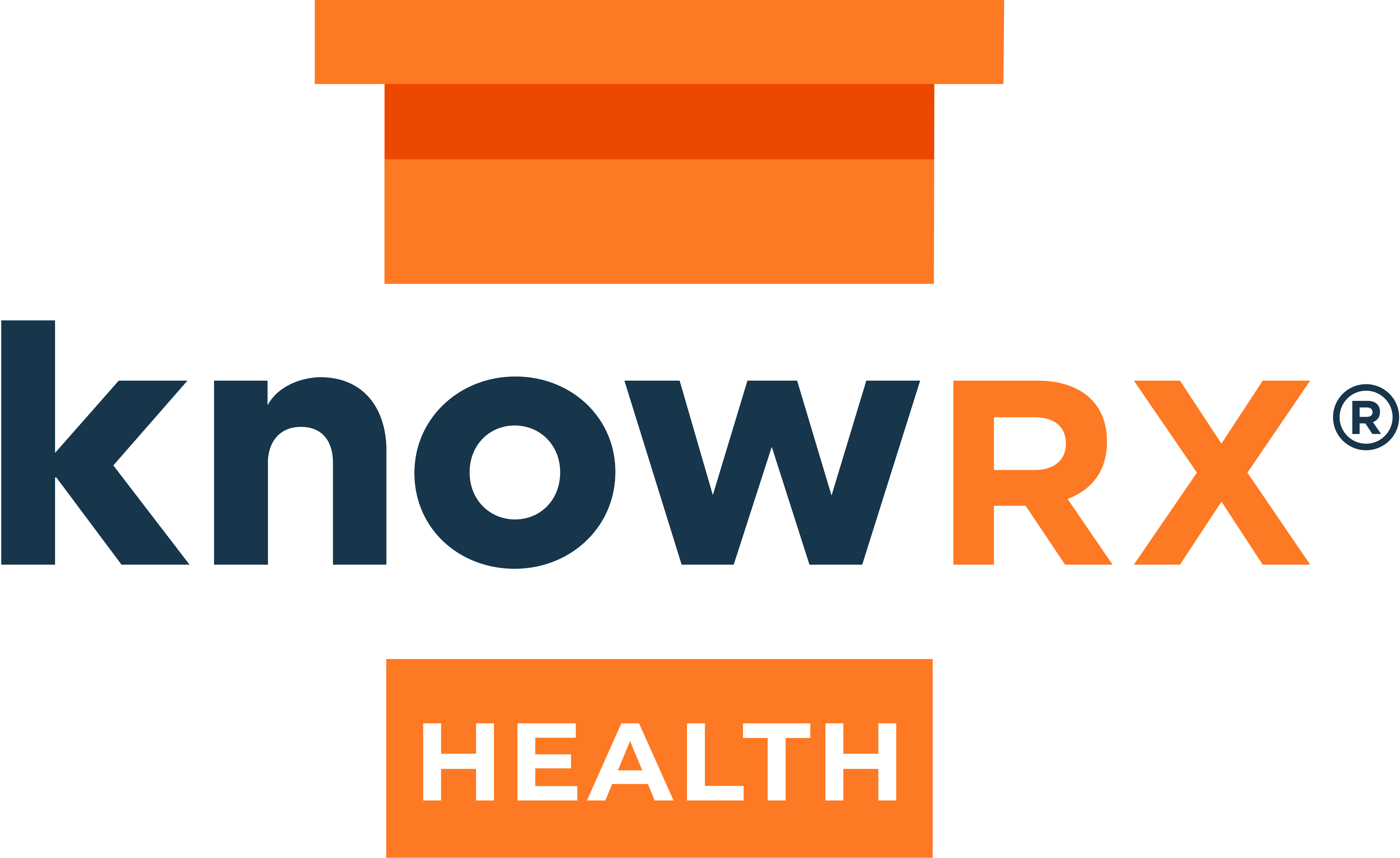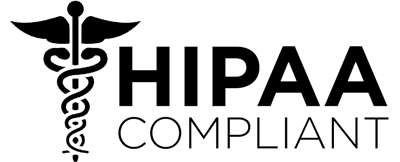
Real-Time Health Monitoring: How Patients Can Manage Medications and Side Effects with Confidence
Troy’s Story: Navigating a Busy Life with Hypertension
Troy, a 45-year-old sales manager, recently faced a challenge that’s all too common: managing his hypertension while juggling the demands of a busy career. With long work hours, frequent travel, and tight deadlines, staying consistent with his medication and reporting side effects to his doctor felt nearly impossible.
Despite his best efforts, Troy often missed doses or forgot to document symptoms like fatigue and dizziness, making it difficult for his healthcare provider to adjust his treatment plan. This cycle left him feeling frustrated and out of control, even as his blood pressure remained high.
This is where technology like The Owl App and the Consumer Health Record (CHR) step in to change the game.
Why Real-Time Health Data Matters
Studies show that 50% of patients with chronic conditions do not take medications as prescribed, contributing to poor health outcomes and higher healthcare costs. Missing doses or failing to communicate side effects not only risks the patient’s well-being but also delays necessary treatment adjustments.
Real-time health monitoring tools, such as The Owl App, empower patients to take control by:
- Providing automated reminders to stay on track with medication schedules.
- Tracking side effects in the moment, preventing critical details from being forgotten.
- Enabling seamless communication with healthcare providers using the CHR, which integrates patient-reported data into clinical workflows.
Troy’s experience improved dramatically when he started using these tools, turning his frustration into confidence and results.
The Challenges Patients Face Without Real-Time Monitoring Tools
Managing medication adherence and reporting adverse effects is challenging for many reasons:
- Time pressures: Busy lives make it easy to miss doses or delay symptom reporting.
- Forgetfulness: By the time a patient’s next appointment rolls around, side effects may be difficult to recall.
- Lack of coordination: Traditional communication methods, like phone calls or in-person visits, can be slow and inefficient.
These barriers are why 30% of patients stop taking their medication within the first month, leading to avoidable complications.
How The Owl App and CHR Simplify Patient Care
Instead of relying on memory or sporadic updates, Troy began using The Owl App and CHR as part of his health management strategy.
- Daily Medication Reminders: With automated notifications, Troy never forgot a dose.
- Adverse Effect Logging: The app allowed him to quickly note side effects like afternoon fatigue, creating a clear picture for his care team.
- Secure Data Sharing: The CHR generated by The Owl App gave his doctor instant access to real-world evidence, streamlining follow-up appointments.
After two weeks of consistent reporting, Troy’s doctor adjusted his medication dosage and timing, reducing his side effects and helping him regain control of his health.
The Bigger Picture: Better Outcomes for Everyone
Real-time health monitoring tools don’t just benefit patients like Troy—they also improve outcomes for healthcare providers and the system as a whole. According to the World Health Organization, improving medication adherence could save billions in healthcare costs annually.
Tools like The Owl App and CHR:
- Increase medication adherence rates by providing timely support.
- Reduce hospital readmissions by identifying and addressing adverse effects early.
- Strengthen the patient-provider relationship, fostering trust and proactive care.
Key Takeaways for Patients and Providers
For patients like Troy, managing a chronic condition no longer has to feel overwhelming. The Owl App and CHR bring real-time data, communication, and accountability into their hands, enabling better health outcomes with less effort.
For providers, these tools deliver actionable insights and help streamline care delivery, ultimately improving the patient experience.
Start your journey toward better health management today. Download The Owl App and see the difference real-time monitoring can make.
External References and Statistics
- 50% of patients with chronic conditions don’t adhere to prescribed medications: WHO Report on Medication Adherence
- 30% of patients stop taking medications within the first month: NCBI Study on Medication Persistence
- Real-time monitoring reduces readmissions: Health Affairs Article on Real-Time Health Tools
- Economic impact of improved adherence: IMS Institute for Healthcare Informatics
By implementing these solutions, patients and providers can create a proactive health management system—ensuring that no detail, or dose, is left behind.


